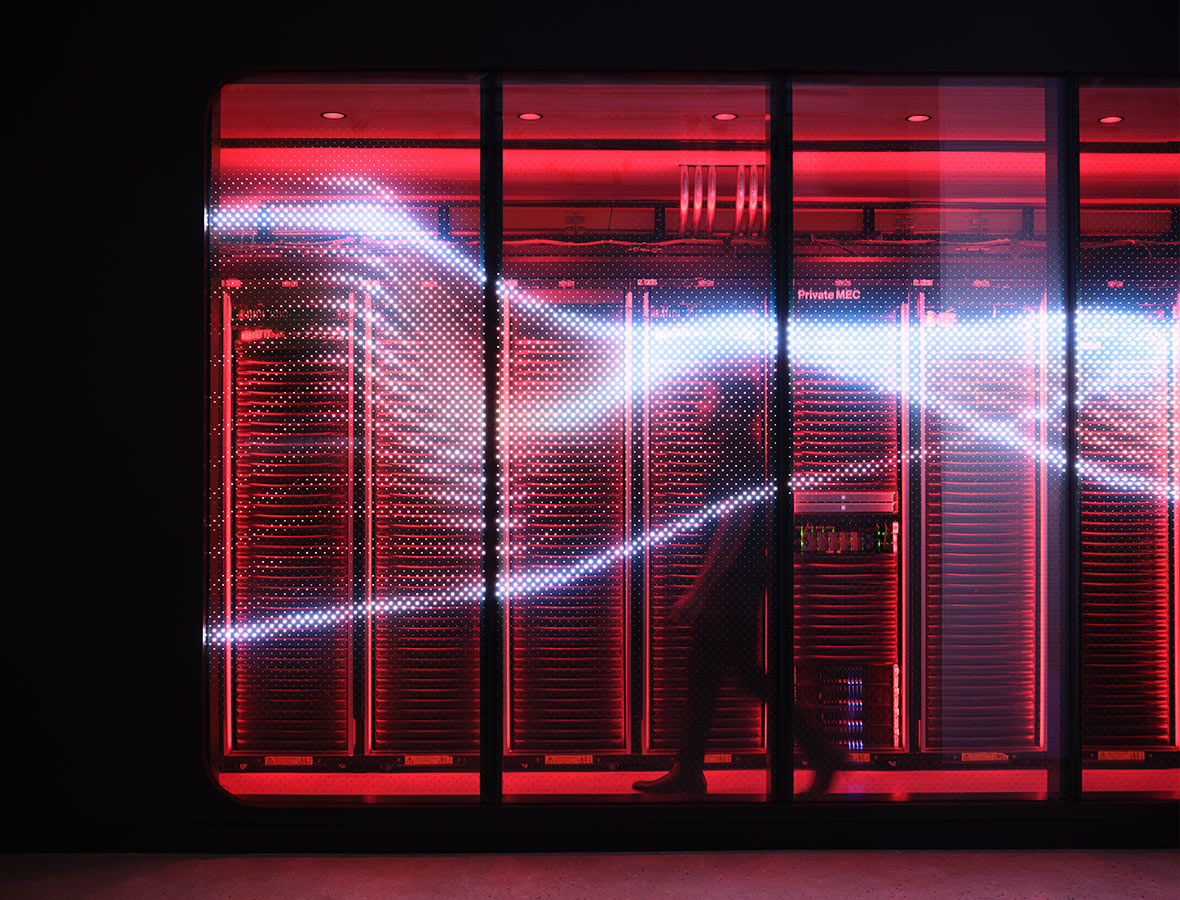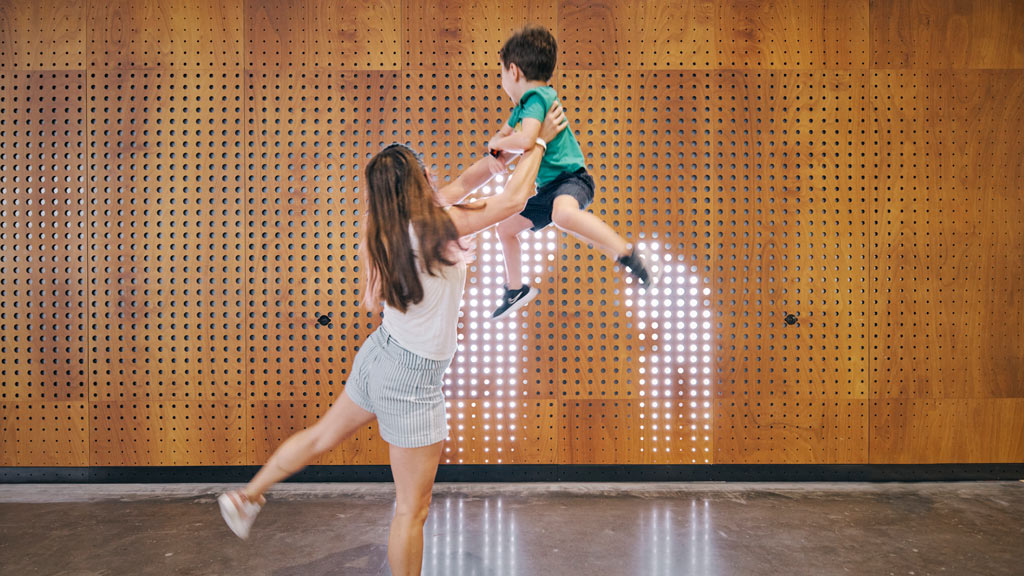The Power of Trust in Experiential Design
July 31, 2024 | By Ann Morrow Johnson and Elisabeth Papadopoulos
A core aspect of what has made the human species successful on our planet is our existence in social communities. Humans thrive on connection — be it the foundational relationship structures that transitioned humans from hunter-gatherers to agrarian-and trade-based societies or the resonance of building a cherished memory during a current-day family vacation. Connection brings people together and makes spaces and experiences matter.
As essential as connection is, we also know that “It’s physiologically impossible for humans (or for that matter, mammals) to connect with each other when we don't feel safe,” to paraphrase the psychologist Sophia Parnas. When we are in a space where we can let our guards down and express ourselves authentically, without competition or defensiveness, we feel safe both physiologically and psychologically.
Biologically and historically, our survival has depended upon our connection to the group. For this reason, our brains treat isolation like any other threats: releasing cortisol, impacting our hippocampus (the center for learning and memory), and instigating a stress response. When we don’t feel safe, we don't connect with others, and we therefore cannot have emotional experiences that elevate us beyond the nervous system space of survival into the space of novelty and courage, transcendence and meaning.
Experiences take place in the real world, but they also take place in our bodies. Humans have a deep biological need for safety, and when we design for this need, it lets us also design for an experience of emotion that leads to meaningful human connection. You enjoy a show more when you're not worried about making it through the bathroom line during intermission. It’s both a science and an art.
So much of this thinking applies to the way we design all experiences and spaces. Ultimately, it comes down to designing for our unique human biology and, in fact, designing for our unique human nervous systems. Our colleagues at Gensler have explored how to design workplaces that build trust and how spaces that foster authenticity, empathetic interactions, and visibility between teams cultivate more innovation, breakthrough ideas, and enhanced performance.
We can design spaces and experiences to elicit this sense of nervous system safety, to unlock deeper connections and experience for people. By applying the science of soothing nervous systems, and combining it with the art of experiential design, we land in a uniquely intersectional – but very real – craft and practice.
A 1997 exhibition at the Canadian Centre for Architecture in Montreal explored the “Architecture of Reassurance,” excavating how Disney Theme Parks present and reinforce a sensation of safety in order to allow guests to focus on playfulness, delight, and connection. Indeed, Disney Imagineers have traditionally approached roller coaster design with the formula of “Fear minus Death equals Fun.” The undercurrent of this equation is really about feeling safe. To that end, a better logic might be: "a safe nervous system equals effusive fun plus deep connection."
So how can we harness this understanding to craft experiences and build spaces that authentically earn trust? It comes down to human-centered design. Details that anticipate needs earn trust: from the placement of a trashcan to the attitude and knowledge of a staff member, to the intuitiveness of wayfinding signage. The collection of individual components that make up a human encounter with a space or experience matter.
These are all individual design choices: from architectural layout and building elements, to user journeys and touchpoints along the way. They can individually and collectively be designed with intention of safety — both the appearance of it and the assurance of it.
When we design for our nervous systems to authentically feel secure, we build contracts of trust that pay big dividends in experience. People vote with their feet, and when a space or experience is successful in this way, people show up.
Amid an epidemic of loneliness, design that is attentive to the human biological need for safety and connection is existential. Designing for nervous system safety unlocks access to our higher mental processing as humans: it lets us be vulnerable enough in a space or experience to deeply connect. When we deeply connect, we build meaningful community, which in turn, unlocks truly powerful and even unprecedented experience. Trust begets the courage for connection, which begets more trust. Spaces and experiences that understand this equation are successful on a deeply human level.

For media inquiries, email .


